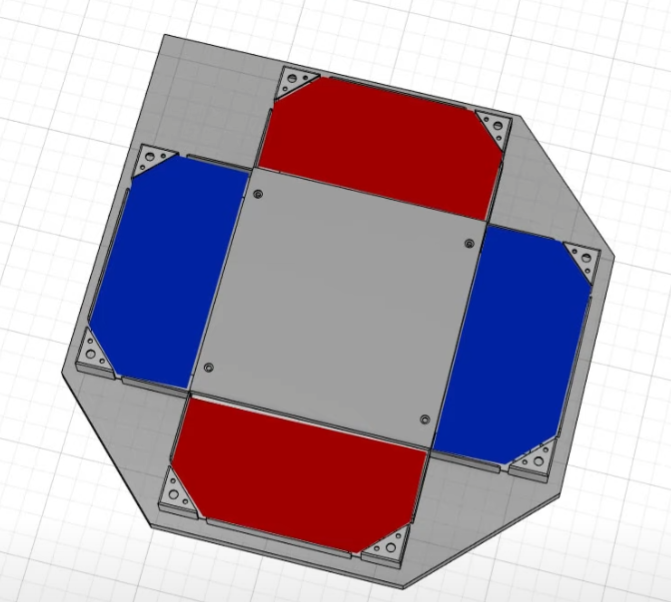
Panels are the buttons that the user presses with their feet on an arcade-style dance pad.
The material, cut, thickness of the center and arrow panels have a large impact on playability.
¶ Panel Materials
¶ Metal
- Stainless steel is the classic material of choice. in an arcade panel, it is 3mm thick. It absorbs and releases heat quickly, making it ideal for stamina when a fan is pointed at it.
- Aluminum is a cheaper alternative when making home pads
¶ Plastic
Plastic panels are generally used for arrow panels and lighting effects. They are slightly grippier than metal
- Polycarbonate (aka Makrolon, Lexan) is the same plastic used in Bullet proof glass. Typical thicknesses include 6, 8 and 10mm. Compared to Acrylic, they tend to scuff and scratch more easily but are less likely to snap.
- Acrylic (aka Perspex) is a cheaper and clearer alternative to Polycarbonate. Typical thicknesses are the same as Polycarbonate. Note that anything less than 6mm has a tendency to snap. Acrylic panels are usually easier than Polycarbonate ones to machine (like when drilling holes and beveling edges with a router).
- PTFE (aka Teflon) is a material used for centre panels for low maintenance (no Pledge or baby powder), low grip sliding. Typical thickness is 2-3mm. Note if you attach it with tape, thicknesses below 2mm will sag and bow. Teflon heats up slower than Metal, but also releases heat more slowly. Teflon is still a relatively new technology for centre panels
¶ Wood
Timber is generally used in home pads as it is easy to machine with hand tools and cheap. Typical thickness is 6mm to 12mm.
Even when treated with polyurethane and Pledge, wood centre panels have heat buildup issues.
¶ Panel Treatment
¶ Baby Powder
Baby powder is often used to reduce friction. It is mostly applied to the centre panel
¶ Pledge
Used by Stamina players to reduce friction, it works well on Metal and Wood, however is almost impossible to get off of Plastic panels. Use with extreme caution, as a tiny amount creates an extremely slippery surface
¶ Windex
Windex is typically used to clean and increase grip on plastic panels. It can also be used to clean metal panels
¶ Panel Shape
The two competing standards are “square” and “octagonal”. All original arcade panels are octagonal since they normally have a metal bracket that holds down the panel. Newer pads sometimes have square panels and a “bracketless” design with a countersunk bolt that holds down the panel.
- Square panels enable less foot movement and simpler construction.
- Octagonal panels reduce accidental key presses as you can rest your feet on the arrow brackets

|

|
¶ Other
¶ Where to buy panels
- arcadespareparts.com sells official DDR panels in pink and blue.
- ddrpad.com sells reproduction DDR panels in pink and blue.
- mysticsteps.com sells sets of reproduction panels in several styes.
- arcadeartrepro.com sells a set of DDR reproduction panels.